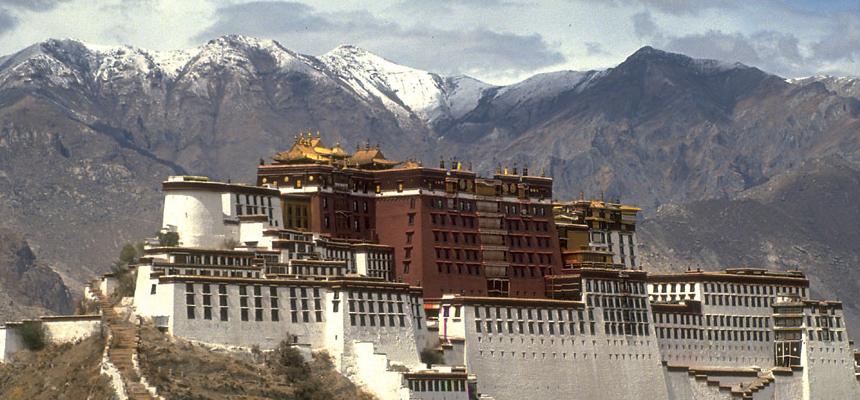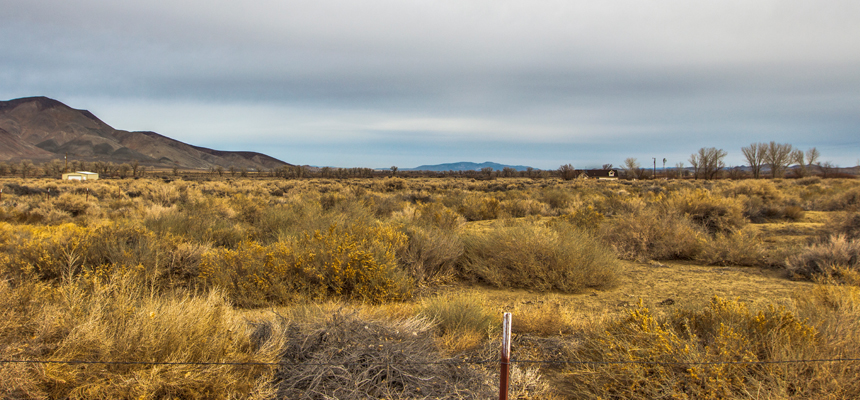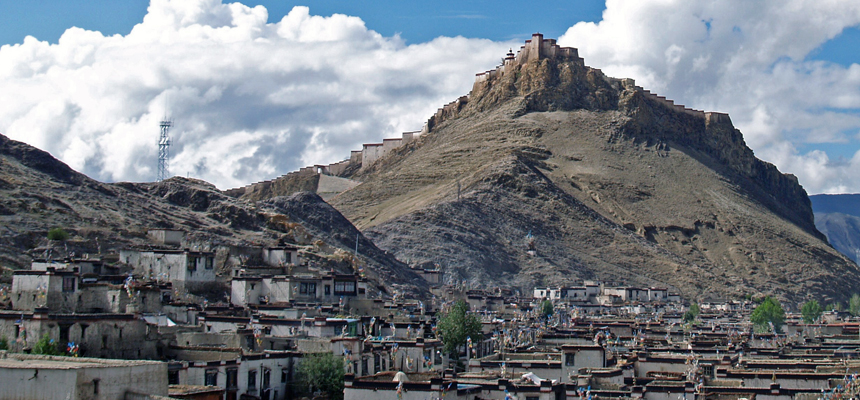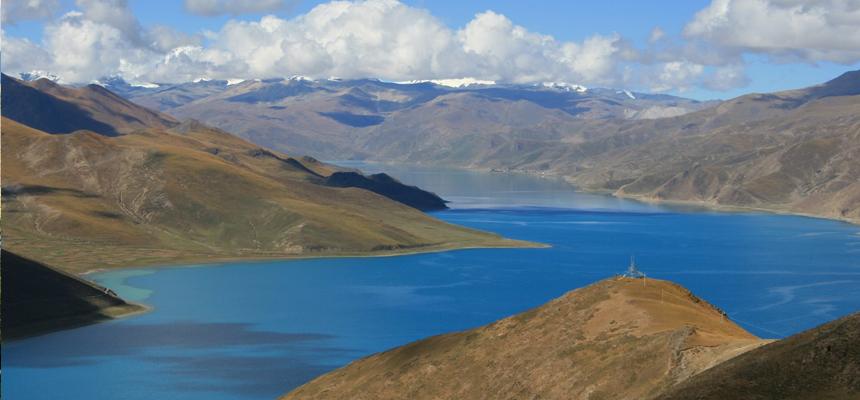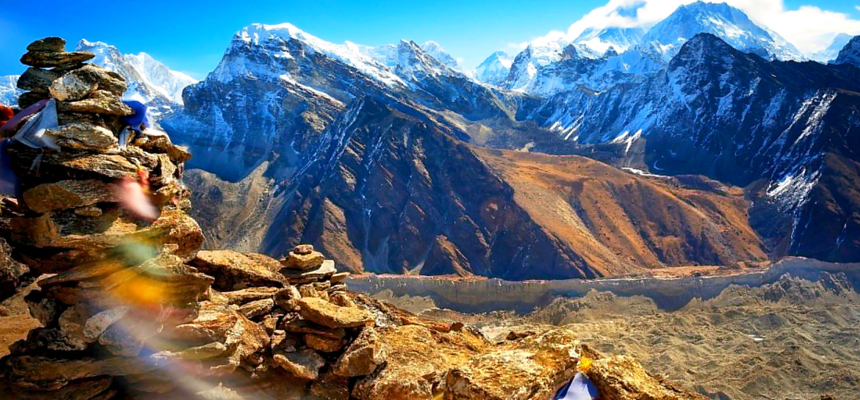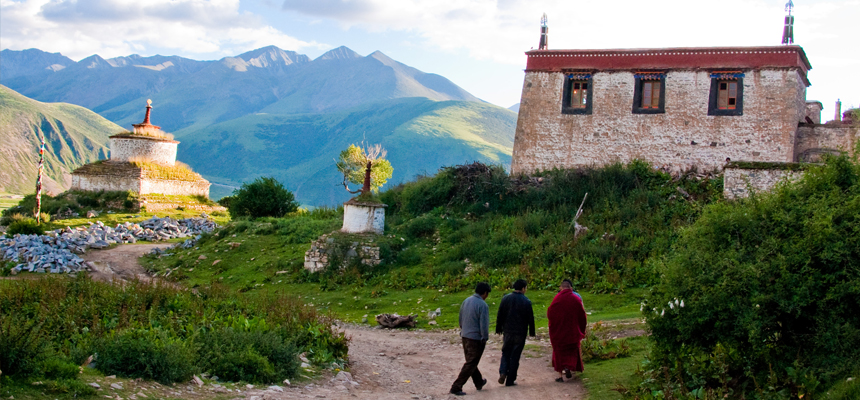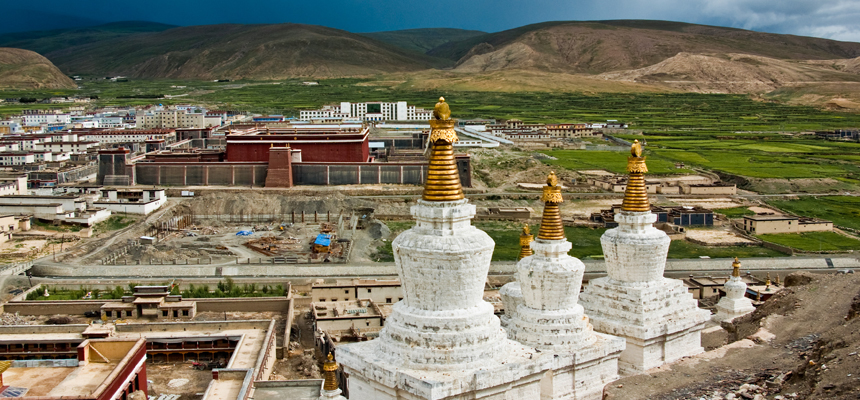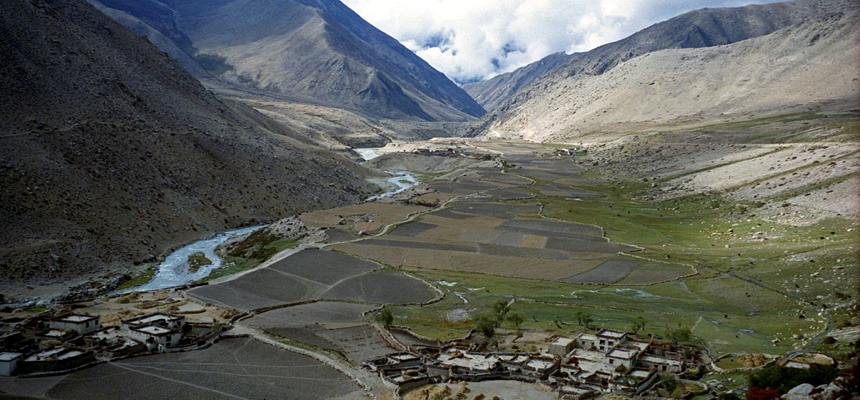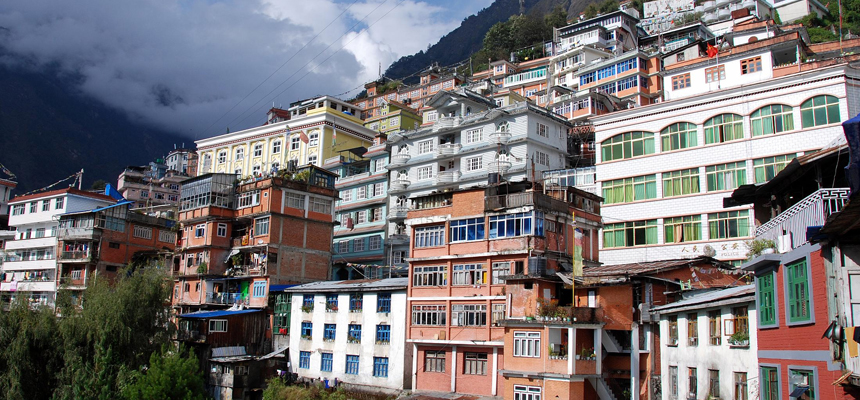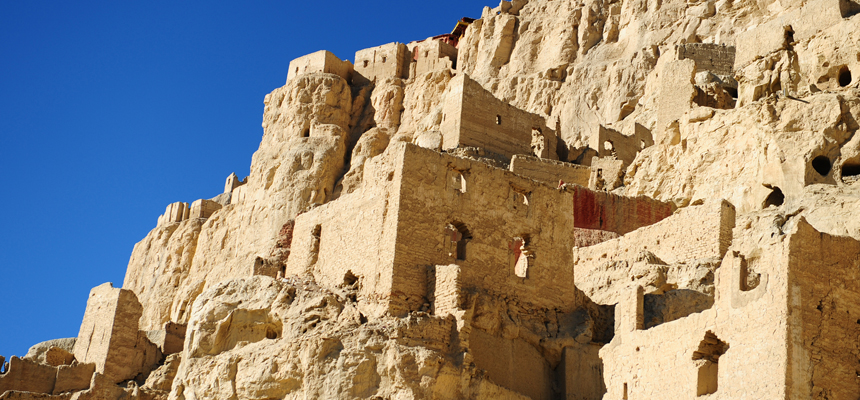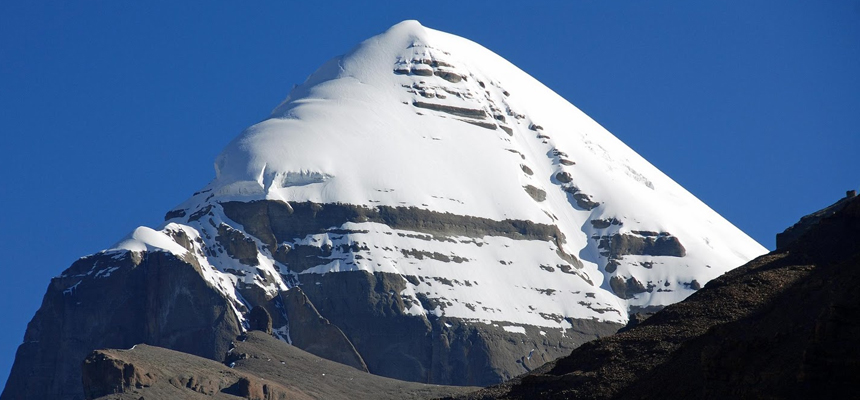Lhasa in Tibetan means "lands of God" and has been the center of politics, economy, culture and religion in the Tibet Autonomous Region since ancient times. It is located on the north bank of the Kyichu river, a tributary of the Yarlung Tsangpo River, at an altitude of 3650 meters above sea level. Lhasa has a history dating back over 1300 years and its many attractions are described below. Potala PalaceThe Potala, one of the most famous architectural works in the world, sits on top of the Red Hill in Lhasa. Constructed In the 7th century, after the Tibetan King Songtsen Gampo's married Princess Wencheng of the Tang Court, the Palace was built to provide the Tibetan court with a place for worship and meditation. In the mid-17th century, it was extended by the 5th Dalai Lama to its present size, and became the Winter Palace of the Dalai Lamas. The construction took fifty years from commencing to completion. The Potala is divided into two sections, namely, the Red Palace and White Palace. The total height of the Potala is 117 meters spanning thirteen story's. The length from east to west is 400 meters and the breadth from south to north is 350 meters. The building is constructed of stone and timber with golden roofs. It is a majestic architectural masterpiece. Norbulingkha (The summer Palace of the Dalai Lama):The name Norbulinka means "Jeweled Garden," a fitting title for this 200 year old park, stretching over 360,000 sq. m. The 370 room summer palace of the Dalai Lama is located inside the park at Lhasa and was constructed in 1755. During the following years more and more structures were added like chapels, gardens, fountains and pools with the most important contribution by the 14th Dalai Lama. His palace is also the
Lhasa in Tibetan means “lands of God” and has been the center of politics, economy, culture and religion in the Tibet Autonomous Region

